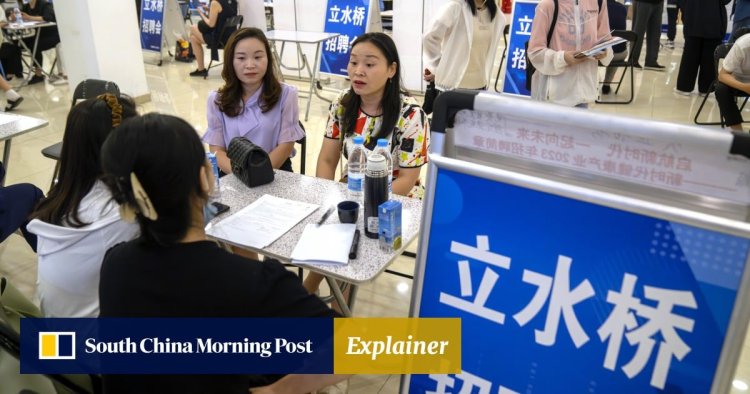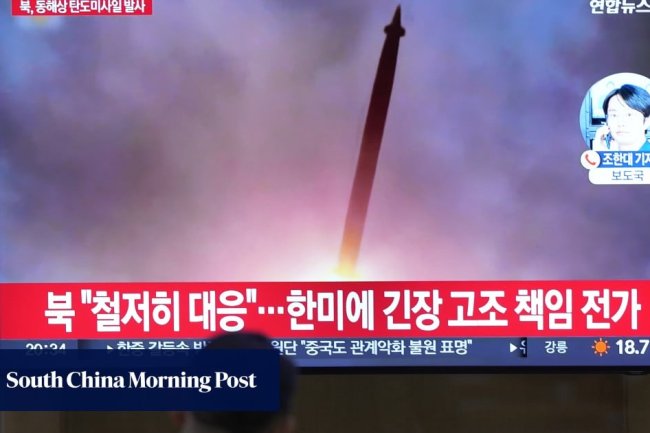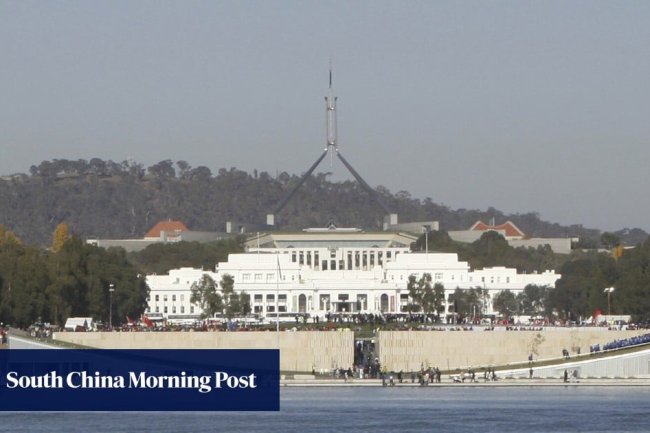6 takeaways from China’s economic data in May as youth unemployment hit new high, retail sales slowed
2023.06.16 00:00China’s economic growth continued to lose momentum in May amid weak retail sales and industrial production, while youth unemployment rose to yet another record high, according to figures released on Thursday.“All of the data points so far send consistent signals that the economic momentum is weakening,” said Zhang Zhiwei, chief economist at Pinpoint Asset Management. “To make the economic recovery sustainable, a significant boost from government policies seems necessary.”The jobless rate among China’s 16-24 age group hit a new high of 20.8 per cent in May, up from 20.4 per cent in April.But National Bureau of Statistics spokesman Fu Linghui claimed that “some people have been misunderstanding the overall volume of our numbers”, noting that only 33 million of the 96 million people in the 16-24 age group are currently in a position to be employed, as many are students. And among those 33 million, he said, only about a fifth have been unable to find work.Meanwhile, the ove


China’s economic growth continued to lose momentum in May amid weak retail sales and industrial production, while youth unemployment rose to yet another record high, according to figures released on Thursday.
“All of the data points so far send consistent signals that the economic momentum is weakening,” said Zhang Zhiwei, chief economist at Pinpoint Asset Management. “To make the economic recovery sustainable, a significant boost from government policies seems necessary.”
The jobless rate among China’s 16-24 age group hit a new high of 20.8 per cent in May, up from 20.4 per cent in April.
But National Bureau of Statistics spokesman Fu Linghui claimed that “some people have been misunderstanding the overall volume of our numbers”, noting that only 33 million of the 96 million people in the 16-24 age group are currently in a position to be employed, as many are students. And among those 33 million, he said, only about a fifth have been unable to find work.
Meanwhile, the overall urban surveyed jobless rate stood at 5.2 per cent in May, unchanged from April.
Retail sales saw a year-on-year rise of 12.7 per cent in May, below the expected increase of 13.6 per cent and falling short of the 18.4 per cent uptick in April.
Analysts attributed much of the slowdown to slower growth in coronavirus-sensitive restaurant sales, as well as car sales.
“Retail sales is the figure we have been focusing on, as it is, at the moment, the only functioning engine of Chinese growth,” said Robert Carnell, regional head of research for Asia-Pacific at ING.
“And although the year-on-year growth rate of 12.7 per cent looks impressive, this equates to a seasonally adjusted decrease in month-on-month sales and shows that the reopening momentum is falling.”
Industrial production rose by 3.5 per cent in May, year on year, but this was below estimates for a rise of 4.1 per cent and down from 5.6 per cent growth in April.
Analysts said the slowdown was led by the manufacturing and mining sectors, while growth in the utility sector remained unchanged.
“Industrial output improved last month, expanding 0.7 per cent, month on month. That partly just makes up for lost ground following a contraction in April, however,” said Julian Evans-Pritchard, head of China economics at Capital Economics.
“The level of output is still consistent with relatively subdued growth in goods demand, and so not cause for much celebration.”
And industrial output from private firms grew by only 0.7 per cent last month, much lower than the 4.4 per cent rise reported by state-owned enterprises.
Fixed-asset investment rose by 4 per cent in the first five months of 2023, year on year, but this was down from the rise of 4.7 per cent in the first four months.
The decline, analysts said, was broad-based except for infrastructure, with the largest drag from the property sector.
Investment in the property sector, meanwhile, fell by 7.2 per cent in the first five months of the year, down from a fall of 6.2 per cent in the first four months.
Fixed-asset investment from private businesses fell by 0.1 per cent, down from the 0.4 per cent rise in the first four months and in sharp contrast with the growth of 8.4 per cent among state-owned enterprises (SOEs) from January to May. Investment from SOEs had risen by 9.4 per cent from January to April.
“Growth in infrastructure investment slowed as fiscal support waned and the contraction in property investment deepened further,” added Evans-Pritchard at Capital Economics.
“The wider data on the property sector were also weak. Home sales edged down, price growth cooled, and new housing starts continued to drop.”
Before the release of the data on Thursday, China’s central bank cut the interest rate on its medium-term funding for financial institutions, marking its third policy rate change in three days amid efforts to support the slowing economy through renewed monetary loosening.
The People’s Bank of China (PBOC) lowered the rate on its one-year medium-term lending facility loans to financial institutions from 2.75 to 2.65 per cent, having cut the seven-day reverse repo and standing lending facility rate on Tuesday.
“These largely symbolic monetary-policy responses are meeting growing market expectations for easing, and more cuts are likely,” said Louise Loo, lead economist at Oxford Economics.
That was the last of the key economic data for May to be released in June, and the PBOC is set to announce June’s fixing of its two key benchmark lending rates next week.
The one-year loan prime rate (LPR) – on which most new and outstanding loans are based – and the five-year LPR – a reference rate for mortgages – will be announced on Tuesday.
“We expect more (targeted) easing measures in the coming months, especially on fiscal and housing, to counteract the persistent weakness in the economy, although the magnitude of stimulus should be smaller than in previous easing cycles,” said economists at Goldman Sachs.
What's Your Reaction?













